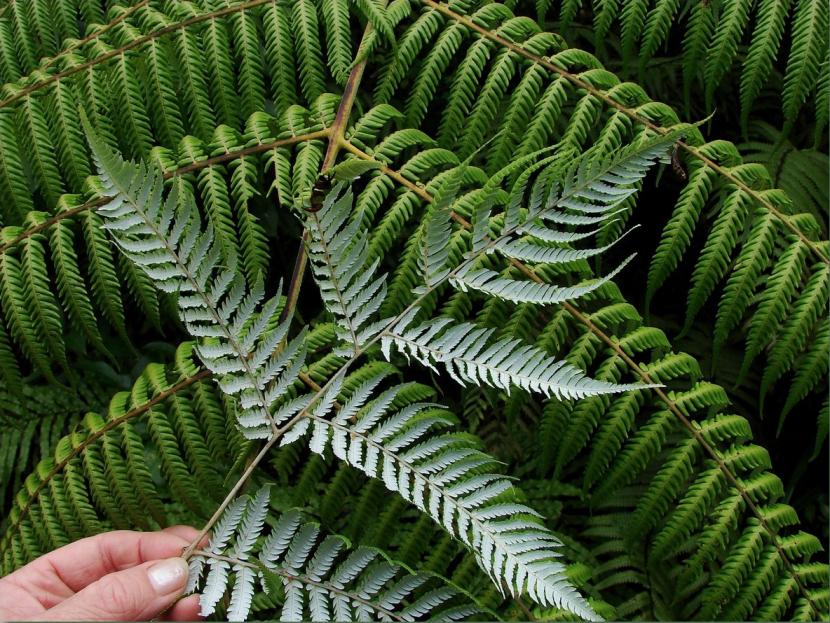
Ferns are magnificent plants that can be had in pots or in the corners of the garden where there is not enough light. They have very beautiful and elegant fronds (leaves): some are quite long, even measuring one meter in length, and there are others that, despite not exceeding 50cm, make the whole have an incredible ornamental value.
But What is the care of ferns? If you just got one and you don't know how to take care of it, below we offer you a series of tips so you can enjoy it.

Ferns are plants that mainly inhabit the tropical and subtropical regions of the world; however, we can find more northern species, such as the nephrolepsis exaltata or the tree fern dicksonia antarctica, which can resist frosts of up to -2 degrees Celsius without problems. However, those sold in nurseries are usually quite cold, to the point that you place them once outside and if the temperature drops below 5ºC, the most likely thing is that the next day you will find it burned by the cold.
If we take this into account, the best thing is always to prevent. Therefore, the first thing to do is change them from a pot to one that is about 3-4cm wider, and put a universal growing substrate mixed with 30% perlite. At the bottom of the container it is highly advisable to put a first layer of expanded clay balls or volcanic clay so that the drainage is even faster and the roots are not in much contact with the excess irrigation water.

Once in the new pot, we have to put them in a very bright area but where the sun does not shine directly. It is also convenient that, if you are at home, the drafts (neither cold nor warm) reach you, otherwise the leaves could dry out. For this same reason, it is very, very necessary that let's water every two or three during the spring and especially the summer, which is when they need more water, and a little less the rest of the year.
As irrigation water we can use rain water or without lime. If we do not have how to get it, it will be enough to dilute the liquid of half a lemon in a liter of water. Avoid wetting the leaves, as they could rot. In addition, if we have a plate under them, we will remove the excess water 10 minutes after having watered.

Last but not least, we must pay them during spring and summer with universal fertilizers or, even better, with guano in liquid form, which is a very fast effective organic fertilizer. Regardless of which one we choose, we must follow the instructions specified on the product's packaging.
So you can grow without problems.